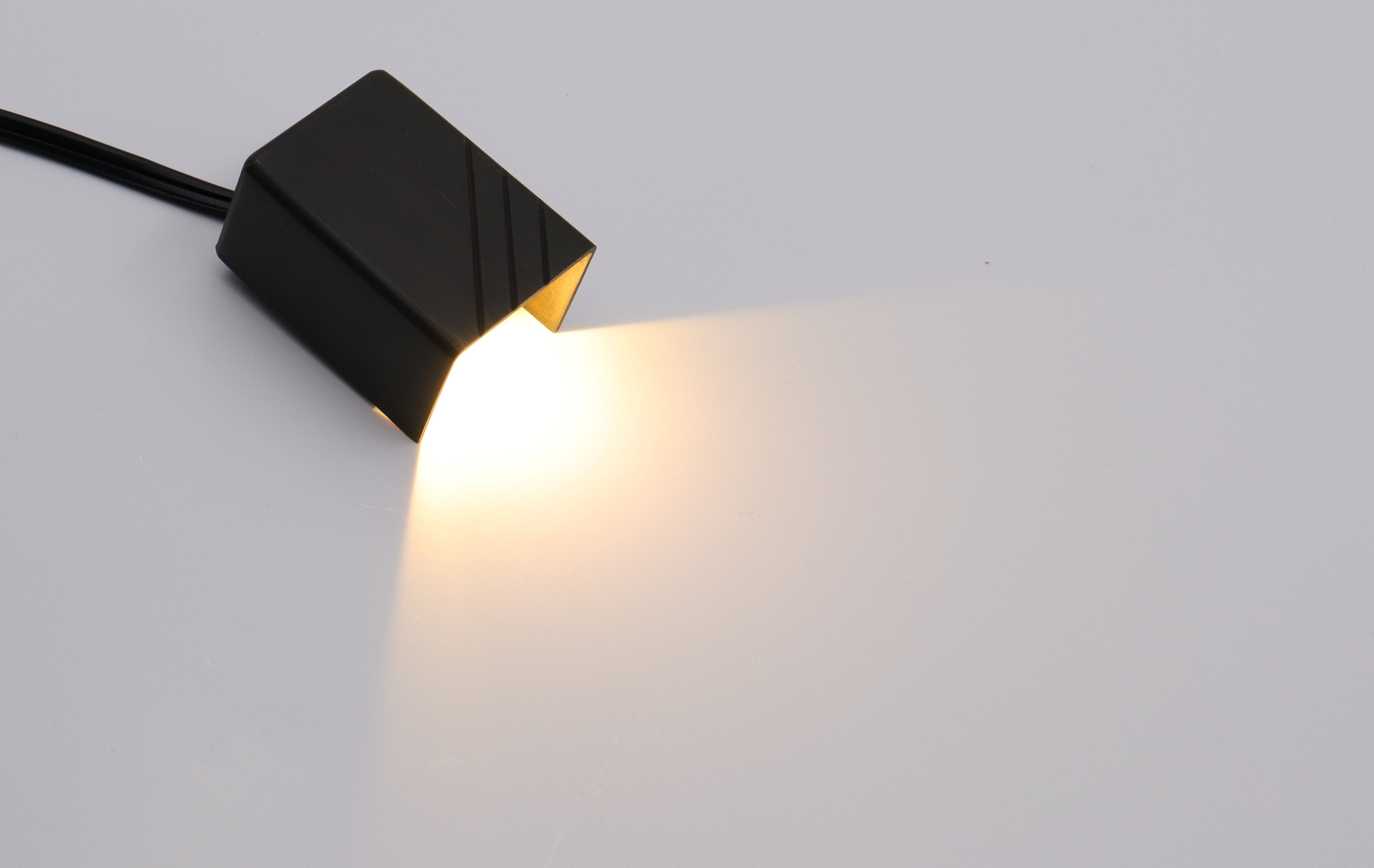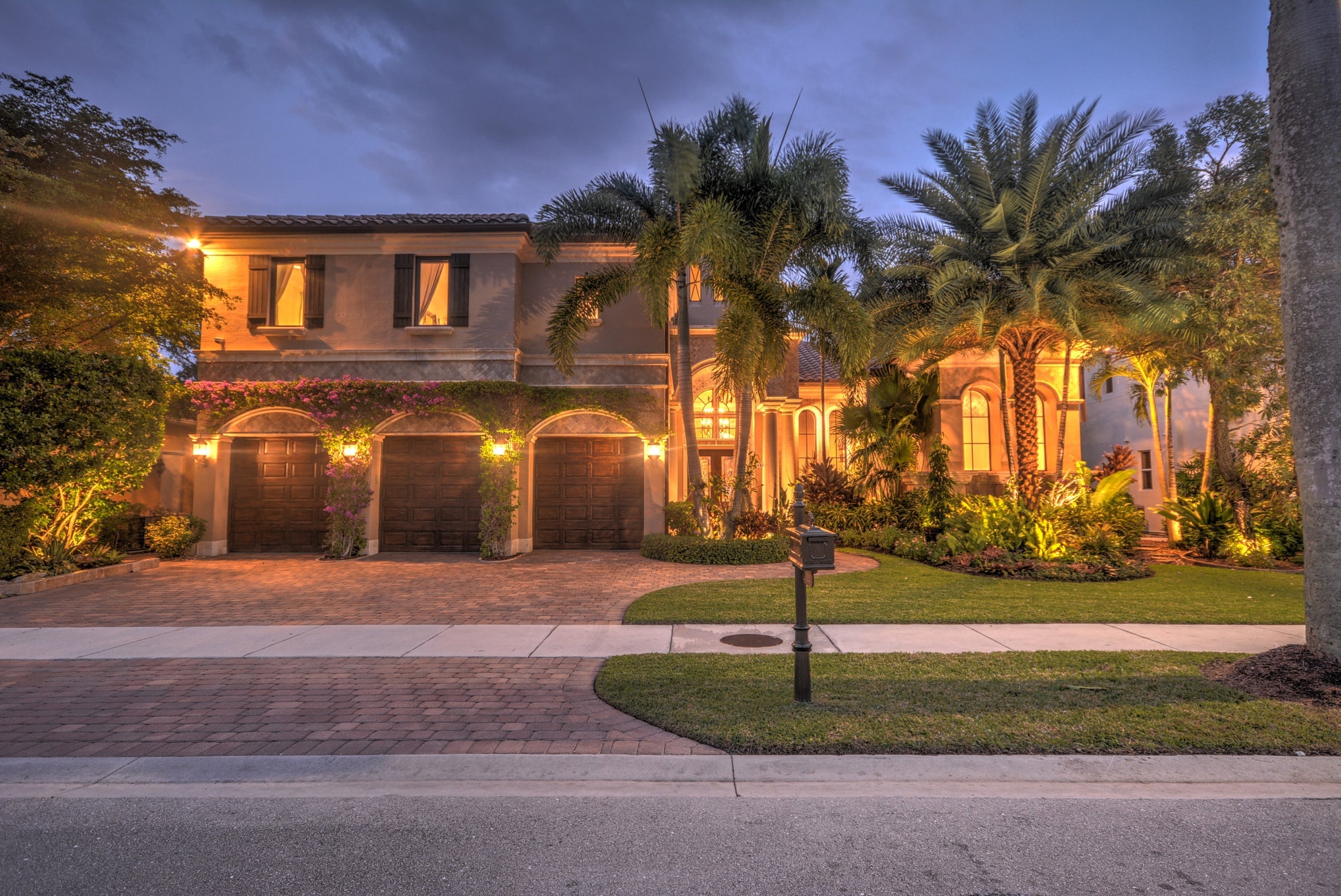When it comes to selecting the ideal outdoor lighting, brightness is a critical factor that often goes overlooked. While many focus on aesthetic design, energy efficiency, or the brand of the fixture, choosing the right brightness is essential for functionality and safety. Knowing the perfect level of brightness for different outdoor spaces can enhance the ambiance, increase security, and improve visibility.
In this guide, you'll learn how to select the appropriate brightness level for various outdoor settings.

Understanding Luminosity and Lumens
Before delving into the process of choosing the right brightness, it's vital to understand the unit of measurement that quantifies light output: lumens. In essence, lumens measure the amount of visible light emitted by a light source. Unlike watts, which measure energy consumption, lumens directly indicate how bright a light will appear. A higher lumen count signifies greater brightness, while a lower count indicates a dimmer light. Therefore, understanding lumens is your first step in selecting the optimal brightness for your outdoor lighting project.
Assessing Your Outdoor Space
Determining the right level of brightness for your outdoor lighting is a task that demands nuanced consideration of the area you're looking to illuminate. You can't blindly install a 1000-lumen floodlight in a cozy garden nook and expect a pleasing outcome, just as a string of low-lumen fairy lights won't suffice for a large parking area. The size and functional intent of the outdoor space are key variables that will guide your brightness selection.
Size Matters: Accounting for Scale
The physical dimensions of your outdoor area play a crucial role in determining how much light you'll need. In a sprawling garden with multiple features—be it a pond, gazebo, or rows of flowering plants—you'll likely need a mix of brightness levels. Brighter lights could be used for wider spaces that you want to highlight, while softer lights can be used for intimate corners. The balance here is to achieve uniform visibility without stark contrasts that could create an uncomfortable or jarring visual experience.
For smaller spaces like patios or balconies, high-lumen lighting can be overpowering and ruin the ambiance. Here, a mix of moderate and low-lumen lighting may serve well, especially if different zones within the space serve different functions. For instance, a small reading corner might demand a brighter light than an area set aside for relaxed conversations.
Understanding the Space's Functionality
Your choices should be tailored to the specific needs of each part of your outdoor area. Is your long driveway merely a pathway, or does it also serve as a play area for your children? In the former case, adequate illumination for safe driving and walking may suffice. In the latter, additional brightness might be needed to ensure safety during nighttime activities.
How Many Lumens Outdoor Landscape Lights Need To Work Well
Ask the Right Questions
When you're assessing your outdoor space, ask yourself specific questions to pinpoint your brightness needs:
- What is the primary function of the area—security, ambiance, or task-oriented activities?
- Are there secondary functions or activities that also require illumination?
- Are there features like ponds, statues, or steps that need to be highlighted or made safe through effective lighting?
By asking these questions, you'll not only identify the main purpose but also any secondary functions that you may need to consider when choosing brightness levels.
Be Mindful of Natural Light
Lastly, consider the amount of natural light your outdoor space receives. Areas bathed in moonlight or ambient street lighting may require less additional illumination, allowing you to opt for lower-lumen light fixtures. Conversely, spaces shrouded in complete darkness will likely require higher lumen output to ensure adequate visibility and safety.
More info about outdoor lighting here.
Recommended Lumens for Specific Outdoor Needs
| Outdoor Area | Recommended Lumens | Purpose or Additional Notes |
|---|---|---|
| Security Lighting | 700 - 1000 | Deter unauthorized activity; motion-activated |
| Garden Lights | 50 - 300 | Accentuate garden features |
| Driveway Lighting | 400 - 600 | Guide the way safely; avoid glare |
| Entrance Lighting | 600 - 800 | Indicate entry point; ensure safety |
| Deck and Patio | 200 - 400 | Create a cozy atmosphere |
| Pool Lighting | 500 - 800 | Adequate for safety; avoid excessive brightness |
| Walkway and Path Lights | 100 - 200 | Safely guide without creating a runway effect |
| Fishing Dock or Pier | 300 - 500 | Ensure safety without disturbing the natural habitat |
| Garage and Workshop | 1000 - 1500 | Suitable for tasks requiring attention to detail |
| Outdoor Sports Courts | 2000 - 3000 | High-intensity lighting for clear visibility |
| Outdoor Dining Areas | 150 - 300 | Soft lighting for a relaxed ambiance |
| Landscape Accent Lighting | 50 - 100 | Highlight features without overwhelming them |
| Camping Grounds | 200 - 500 | General tasks without disturbing the natural ambiance |
| Parking Lot | 800 - 1200 | High visibility for navigation and safety |
| Pet Area | 300 - 600 | Adequate for monitoring pet movements |
| Farm or Agricultural Areas | Over 2000 | Operational efficiency and safety |
More info: The Definitive 2023 Guide to Pool Landscape Lighting: Elevate Aesthetics While Ensuring Safety.

Impact of Color Temperature
Besides brightness, color temperature also plays a crucial role in setting the mood and functionality of an outdoor space. Measured in Kelvin (K), color temperature ranges from warm (low Kelvin) to cool (high Kelvin) light. Warmer lights, around 2700K, are best suited for ambient settings. On the other hand, cooler lights above 4000K are ideal for security and task lighting, as they offer greater visibility.
More detailed info about color temperature: Best Color Temperature for your landscape lighting

Enhancing Energy Efficiency through Smart Controls
Energy efficiency remains a critical concern when it comes to sustained bright lighting outdoors. LED lighting solutions excel in this category, delivering a high lumen-per-watt ratio. This ensures that you achieve optimal brightness levels without inflating energy expenditures. Advanced control mechanisms, such as dimmers, motion sensors, and timers, further augment energy efficiency. These controls provide the added advantage of dynamic brightness adjustment, adapting to specific needs and conditions.
Selecting the Perfect LED Bulbs.
Conclusion
Choosing the right level of brightness for your outdoor lighting is a nuanced decision, contingent on several variables. These include the lighting's primary purpose, the dimensions of the area, and considerations around energy efficiency. A thorough understanding of lumens is pivotal in this selection process. Furthermore, aligning the brightness level with the intended function of the outdoor space is critical.
Other factors like color temperature, installation height, and strategic positioning should also be evaluated to fine-tune visibility and ambiance. Through meticulous consideration of these elements, you can configure an outdoor lighting setup that is both functional and aesthetically pleasing, fulfilling all requisite parameters.






Leave a comment
All comments are moderated before being published.
This site is protected by hCaptcha and the hCaptcha Privacy Policy and Terms of Service apply.